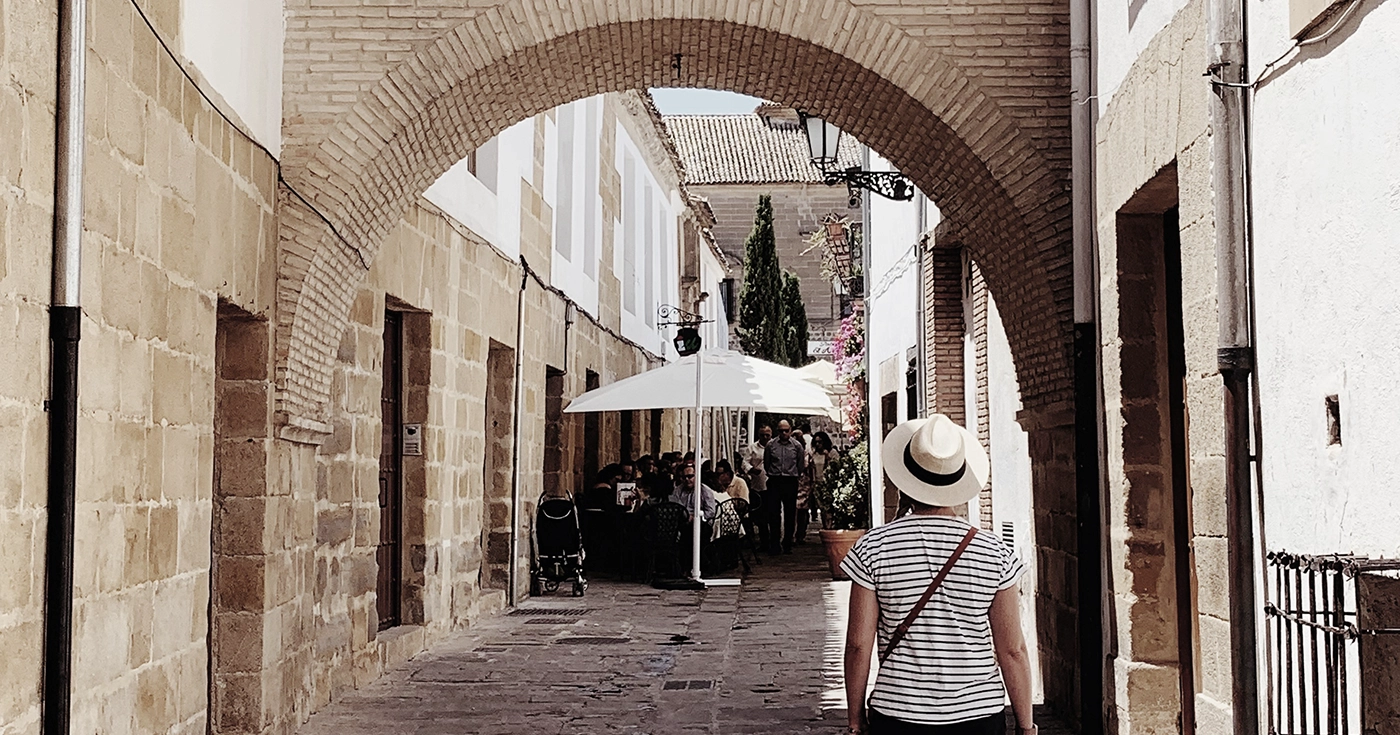
Foreign Investment: a Key Driver of Spain’s Residential Market
Last Updated on 21 October 2025 by Equipo Urbanitae
In recent months, the purchase of homes by foreigners has once again been at the center of political debate. The weight of this group in the Spanish market is highly significant, and their investment decisions increasingly shape the evolution of certain segments and regions.
According to the 2024 Real Estate Registry Statistics, prepared by the Colegio de Registradores, 14.6% of home purchases carried out in Spain over the past year were made by foreign citizens, a figure very close to the historical record of 15% reached in 2023. In absolute terms, this represented nearly 93,000 transactions, compared to 87,400 recorded in the previous year.
The breakdown by property type shows a slight difference compared to national buyers: new homes accounted for 20.1% of foreign transactions, versus 21.1% among Spanish buyers. A small gap, but one that indicates a preference among foreign buyers for second-hand properties.
Nationality of Buyers and Preferences
The Housing and Land Observatory, published by the Ministry of Housing and Urban Agenda, confirms that British buyers lead acquisitions with 8.6% of the total, followed by Germans (6.7%), Moroccans (5.7%), and French (5.4%).
By property type, the differences are notable. New home purchases were higher among Belgian (32.4%), Polish (30.8%), Dutch (29.8%), and Swedish (23.8%) buyers. In contrast, second-hand homes were predominant among French (87%), Moroccan (85.9%), Romanian (85%), Argentine (85%), Irish (83.9%), and Italian (83.5%) buyers.
The Golden Visa and Its Impact
It is worth noting that in 2024, 10.8% of foreign purchases reached amounts equal to or greater than €500,000, a record high compared to 9.7% in 2023. More than half of these transactions were made by non-EU buyers.
This growth is linked to the Golden Visa program, which granted residence permits to those purchasing properties worth over half a million euros. In 2024, many investors accelerated their transactions to take advantage of the associated benefits, although the removal of this incentive raises questions about the behavior of this segment going forward. Some experts anticipate a moderation in the high-end market, but without a decisive impact on overall foreign interest.
First Quarter of 2025: Upward Trend
The most recent data confirm that Spain’s appeal remains strong. In the first quarter of 2025, foreigners completed 32,895 registered home purchases, 7% more than in the same period of 2024. Their share of the market reached 17.9%, compared to 6.75% a decade ago.
Most of these buyers are residents in Spain (57.3%) and, again, prefer second-hand homes. The total value of these transactions amounted to €3.631 billion, with an average price of €197,019 per property, representing an increase of 26.5% compared to the same quarter in 2024.
Where Foreigners Invest the Most
By autonomous communities, the leaders are clear: Balearic Islands (32.6%), Valencian Community (28.9%), Canary Islands (27.2%), and Murcia (23.6%) top the list, followed by Catalonia (16.3%) and Andalusia (14%). By province, Alicante (33.2%), Balearic Islands (31.5%), Málaga (27.1%), and Santa Cruz de Tenerife (25.8%) stand out, according to Idealista.
These areas share common factors: tourist appeal, favorable climate, and, in many cases, direct air connections to buyers’ countries of origin.
The Case of Madrid and Barcelona
Major capitals have their own dynamics. In Madrid, the luxury segment is the most sought-after. 21% of purchases in this bracket are made by foreigners. Moreover, over the past two years, Chinese buyers have become the main foreign purchasers, surpassing Venezuelans, Mexicans, and Ecuadorians, according to the General Council of Notaries.
In Barcelona, foreign interest continues to focus on central areas and neighborhoods with high quality of life and good metropolitan connectivity. The combination of tourism, universities, and cultural offerings strengthens its appeal, although regulatory pressure and limits on tourist licenses could moderate part of this demand in the coming years.
Outlook for 2025
The data show that foreign investment is one of the pillars of the Spanish residential market. International buyers are expected to continue playing a key role in price and demand trends, especially in coastal markets and major cities.
In the short term, the removal of incentives such as the Golden Visa could slow the non-resident luxury segment, but Spain’s overall appeal—due to quality of life, legal security, and infrastructure—keeps investor confidence intact. In this scenario, 2025 is shaping up to be a year of continuity, with nuances depending on the market and nationality.

